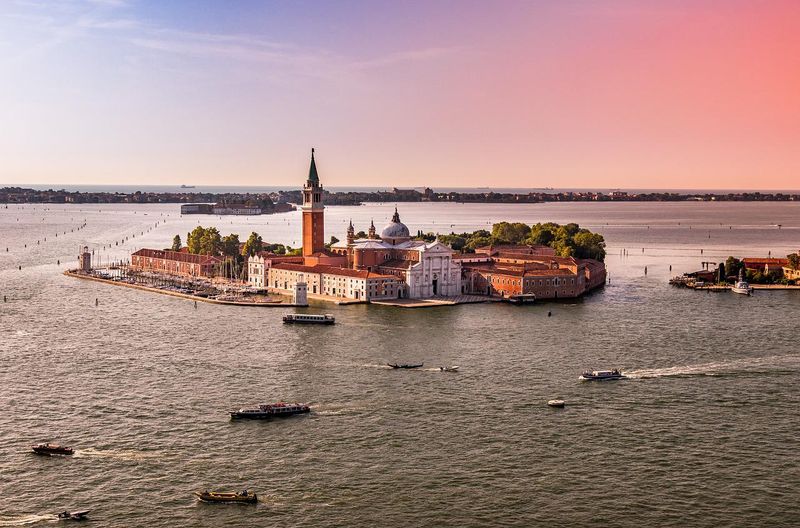Venice is actually built on water. It is literally a floating city that nowadays is struggling not to sink. So let's discover together why Venice was built on water.
We'll have a great journey among history and refined engineering that will leave you amazed.
You'll see that Venice totally deserves the title of UNESCO Heritage not just for the treasures explorable on the surface, but also for what is underwater!
Why was Venice built on water? History of Venice from its origins
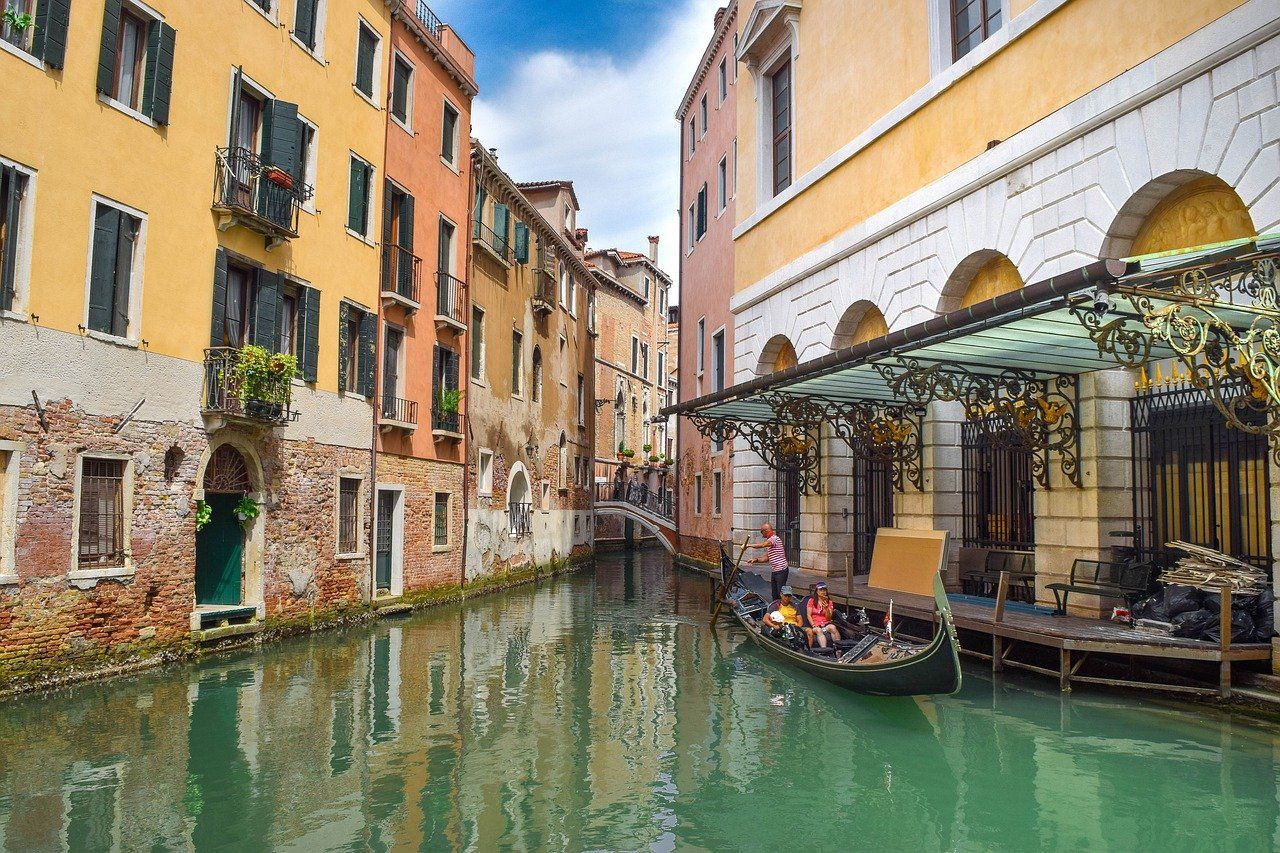
Venice is an ancient city but not so ancient if we compare it with other Italian cities.
The nearby Padua was for example founded around 12th century BC while the city of Rome around the 11th/10th century BC.
Would you like to know when Venice was founded? It seems that all it dates back to the 5th century AD. So, the foundation of the city of Venice appears to be very recent.
But how, and above all why, has it all started?
Let's unveil the history of the city of Venice from its great beginning: March 25th, 421, a mythical day
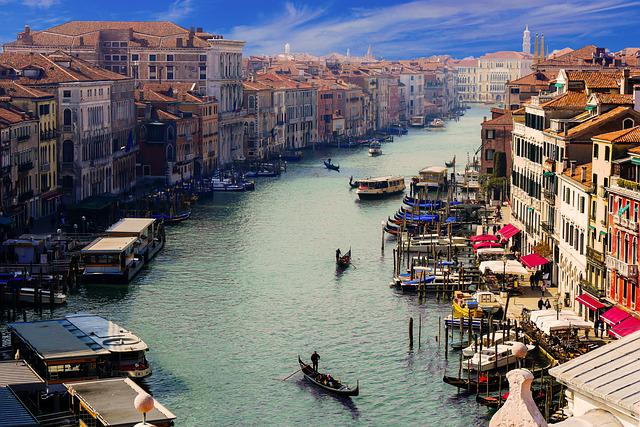
In 2021, Venice celebrated the 1600 year anniversary from the mythical day of its foundation: March 25th, 421.
It was the day in which the oldest Venetian church was consecrated: the church of San Giacomo di Rialto. The Rialto area, in fact, seems to have been one of the first areas of settlement being above sea levels (Rialto is 'rivo alto' in Venetian, which means something like 'high bank').
Historians think that 421 is just a day that belongs to a medieval legend. In fact, it took a lot of time to make the lagoon a good place to live.
History has it that many people living in a nearby countryside escaped in the lagoon to avoid the so-called barbarian populations (it was the time of the fall of the great Roman Empire).
Anyhow, before the 3rd century AD, Venice was not the name of the city, but just of the region in which now the city is located (the Veneto region, or the Land of Venice, as it is now called).
Year after year, small groups of population decided to live on the marshland, where the so-called Barbarians could not arrive.
Why the newly arrived population decided to built the city on water
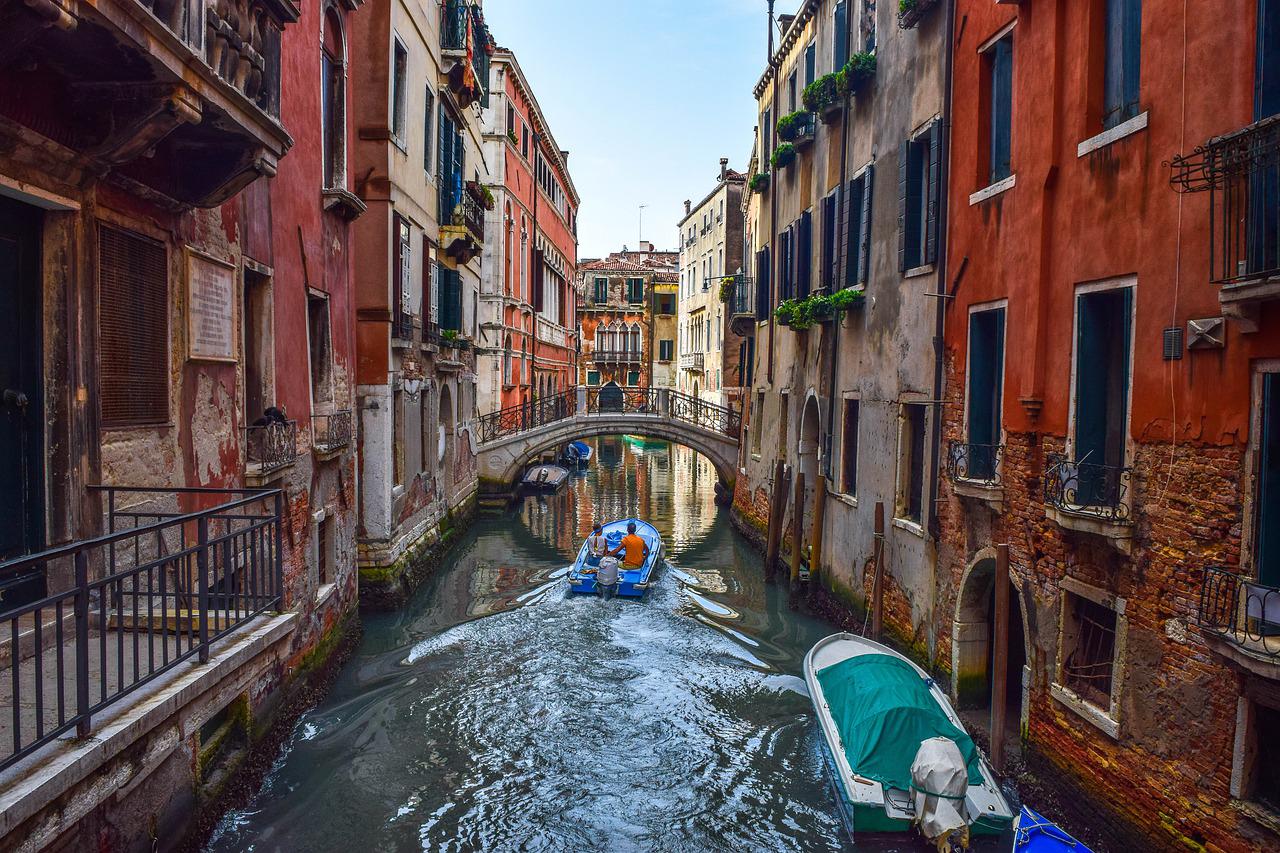
The city of Venice was built on water: many muddy islands separated by canals which now consist in the main part of the city.
Here the local inhabitants could feel safe. The place was so dangerous that no enemy would risk his own life to conquer the Venetian lagoon. Only the settlers knew the places adequate for living and places adequate for navigation. Curiously, Venice was a dangerous territory for settlers and invaders both.
Anyway, in this northern part of the Mediterranean sea, from the great difficulties of a city erected on the lagoon, one of the most important maritime empires of all times was born: the Serenissima Republic.
How Venice was erected on water? A city built on wood and marble
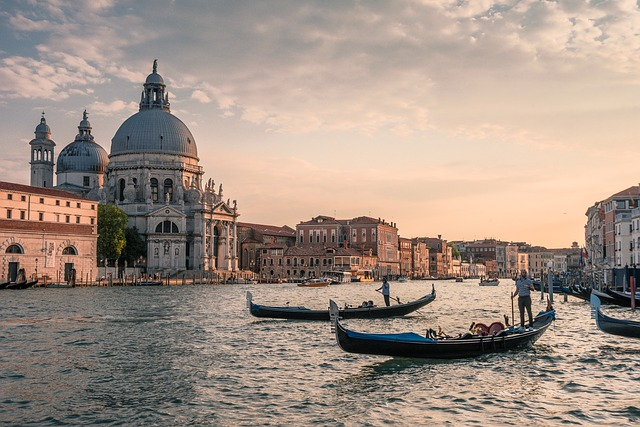
Indeed we say that Venice is a floating city, built on water. Actually the city was built on wood.
In fact, the islands were subject to high tide and the dry land was not so common. Therefore, local inhabitants could not erect their buildings directly on the water, but they need to build some strong foundations. So strong that they survive till nowadays.
What was the brilliant idea of the local people?
They prepared thousands of sharpened wooden stakes that they put underwater through the mud and clay of the lagoon, directly into the seabed.
Then they put oak planks on the poles, and then layers of marble or limestone on top.
On top of those solid foundations, on the ground level, the construction of the buildings could be done in the usual way.
Why do wooden stakes resist underwater for all these centuries?

As we know, the poles on which the city is built are still intact. How could it be?
It's all due to the lack of oxygen. Underwater, in fact, no bacteria or fungi could survive. Moreover, the salt that is presented in the water made the wood petrified throughout the centuries.
If you have a look underwater you can see that wood is now stronger and more stone-like.
Facing reality: the problems of the sinking city of Venice
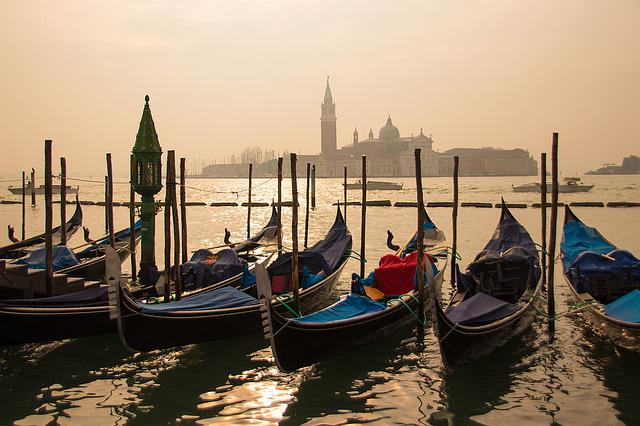
Venice looks so beautiful to everyday visitors and indeed it is so fragile. It seems that its immense beauty could instantly fade away.
It is not just a sudden worry. It's more like a vision of what will happen in the future to the city and the canals of Venice.
The heaviness of every building composing the city
One of the main causes related to the sinking of the city is that the city itself is heavy.
In fact, the heaviness of the buildings is making the city foundations go down and down every year. The marble platforms on which the city is erected are pushing deeper the tree trunks making the islands of the city sink day after day.
Actually wood has been a great idea making life on the islands easier in the last centuries. Anyway, the problem the city is facing is becoming greater and greater.
Sea levels: a problem affecting not just Venice but the whole world
On the other hand, the sea level is rising faster every year. Due to the effect of climate change, the temperature of the oceans is increasing making the water occupy more space. Each coastal city, sooner or later, will be facing the same problem of Venice.
You know that the incredible engineering work called 'Mose project' is trying to protect Venice from high tide (acqua alta). This natural phenomenon occurs from autumn to spring, but sometimes also during the summer. The first floor of the buildings is invaded by water and there is no difference between the canals and the calli (streets in Venetian). Even though it can be adventurous to explore the city during high tide, it is really tough for Venetians, whose houses and shops are regularly submerged by water.
As for now, some of the worst catastrophes are being avoided by the recent 'Mose project'. But what can we say for the future?
Indeed, doing all we can about climate change as a world emergency could help our floating city survive.
What should we do to help Venice?
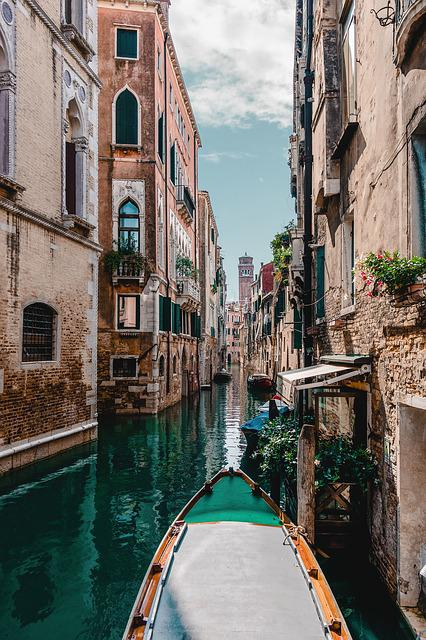
Venice is not just a great place for tourism, but it is also home for many Venetians.
There are not so many things we can do as visitors, beyond being respectful every time we come year and visit.
Here follows some advice from our local point of view.
Always be respectful of the place you are visiting.
As a citizen of the world, our true aim is to protect and respect the place we are living in. It would be an error not to consider Venice as a living city but simply as an open air museum. Venetians here live and work and are struggling every day to make their city a great place for you to explore and love.
Reserve your entrance ticket in advance.
From August 2022, for instance, the entrance to Venice will be possible only by reservation. That's in order to better the problem of overcrowding that has been affecting the city in the last years. Please do not forget to reserve your entrance! Venice will be more than happy to welcome you properly.
Do not come here by cruise ship.
Thirdly, we could avoid coming here by cruise ship. Even if it is a great experience, the presence of those giants of the sea is closely related to the sinking problem of Venice. The Venetian lagoon is simply not big and deep enough to let cruise ships sail here.
Maybe you have seen pictures of cruise ships sailing in Canale della Giudecca. It seemed like a fight between David and Goliath.
So, if you want to help and save our city, come here by any other means. Landing at the local Marco Polo will give you a magical glance of a fish shaped city; arriving by car or by train will make you literally fall in love: it truly seems as if the city is floating on the sparkling water of the lagoon.
A vision you will not be able to forget so easily.

